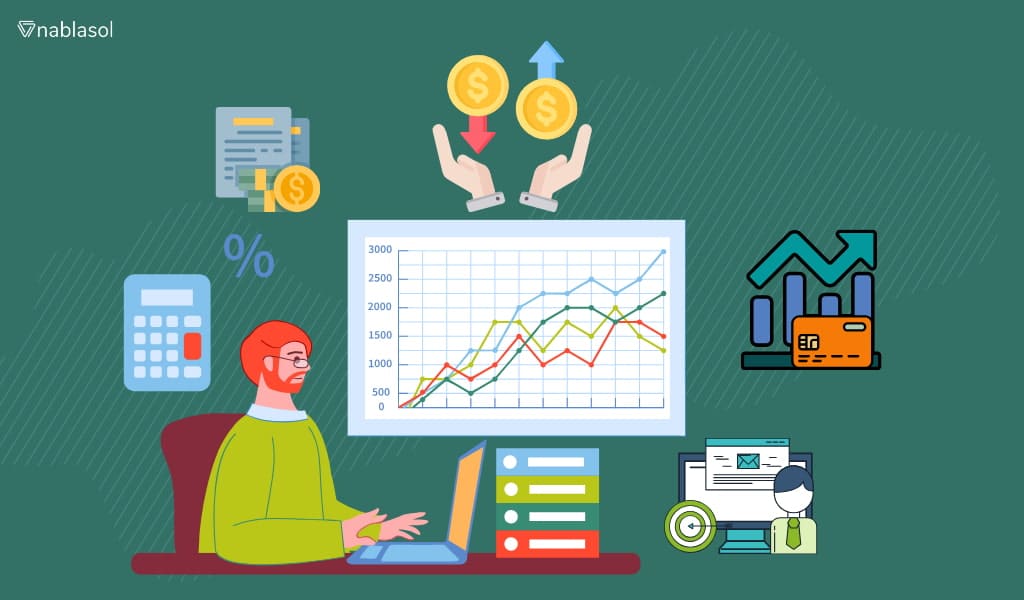You need to measure sales and marketing performance to evaluate the effectiveness of your business strategies and identify areas for improvement. However, there are a lot of metrics and methods of performance measurement that can distract you from the absolute truth of the business. There are markers and indicators that when used properly can solve for 80% of your business intelligence requirements.
There’s no need to look beyond the below list. Here are the only key metrics and methods to measure sales and marketing performance that you will ever need:
A. Key Performance Indicators
Sales Revenue
Measure the total revenue generated from sales over a specific period.
Customer Acquisition Cost
Calculate the cost incurred to acquire a new customer (marketing & sales expenses divided by the number of new customers).
Customer Lifetime Value
Determine the total value a customer brings to the business over their entire relationship with the company.
Conversion Rates
Track conversion rates at various stages of the sales funnel, such as lead to opportunity, opportunity to customer, etc.
MQLs and SQLs
Differentiate between leads that are ready for marketing follow-up & those that are deemed qualified for the sales team to engage.
Return on Investment (ROI)
Calculate the return on investment for marketing campaigns and sales efforts.
B. Customer Feedback and Satisfaction
Customer Surveys
Conduct surveys to gather feedback on customer satisfaction, product/service quality, and overall experience.
Net Promoter Score (NPS)
Measure customer loyalty and the likelihood of recommending your business to others.
Customer Retention Rate
Track the percentage of customers who continue to do business with you over time.
C. Marketing Analytics
Website Traffic & Engagement
Analyze website traffic, page views, time on site, bounce rate, etc., to understand the effectiveness of marketing efforts.
Social Media Metrics
Measure social media reach, engagement, and follower growth to gauge the impact of your social media campaigns.
Email Marketing Metrics
Track the percentage of customers who continue to do business with you over time.
SEO Performance
Monitor search engine rankings, organic traffic, and keyword performance.
D. Sales Performance Tracking
Sales Activity Metrics
Measure sales team activities, such as calls made, emails sent, meetings held, etc.
Average Deal Size
Calculate the average value of each closed deal to understand sales performance.
Sales Cycle Length
Measure the average time it takes to close a deal from initial contact to conversion.
Win Rate
Calculate the percentage of deals that are successfully closed compared to the total number of opportunities.
E. Comparative Analysis
Benchmarking
Compare your sales and marketing performance against industry benchmarks or your own historical data.
Competitor Analysis
Evaluate how your sales and marketing efforts compare to your competitors’ strategies and performance.
By regularly tracking and analyzing these metrics, businesses can gain insights into their sales and marketing performance, identify strengths and weaknesses, and make data-driven decisions to optimize their strategies for better results.
At Nablasol, we’ve worked with various businesses to help them define these metrics and track them using various Business Intelligence tools.


